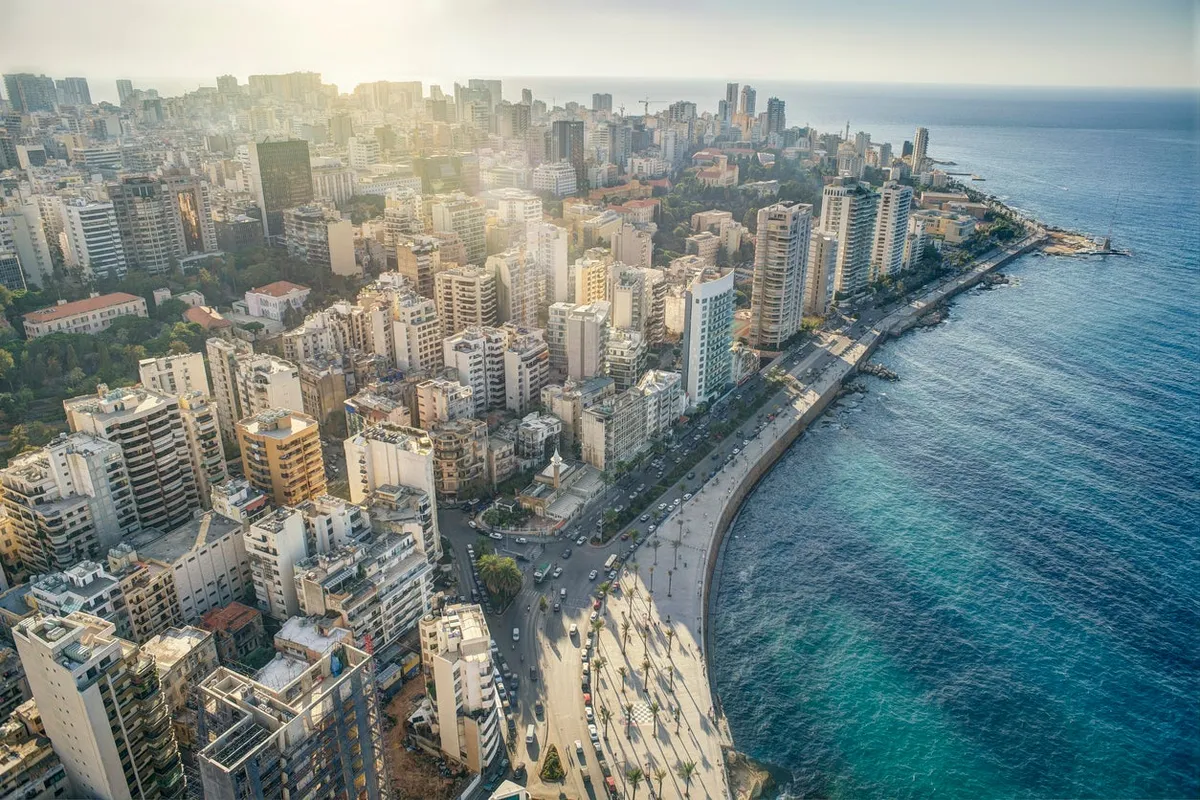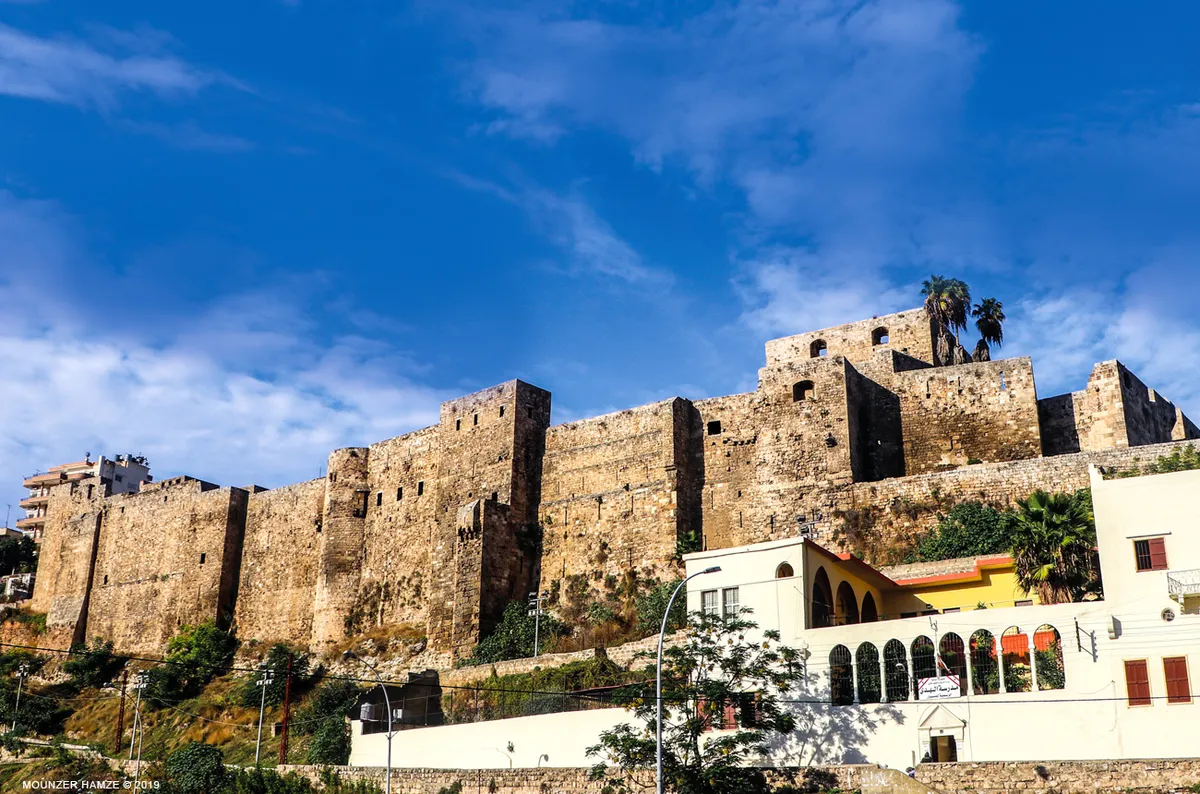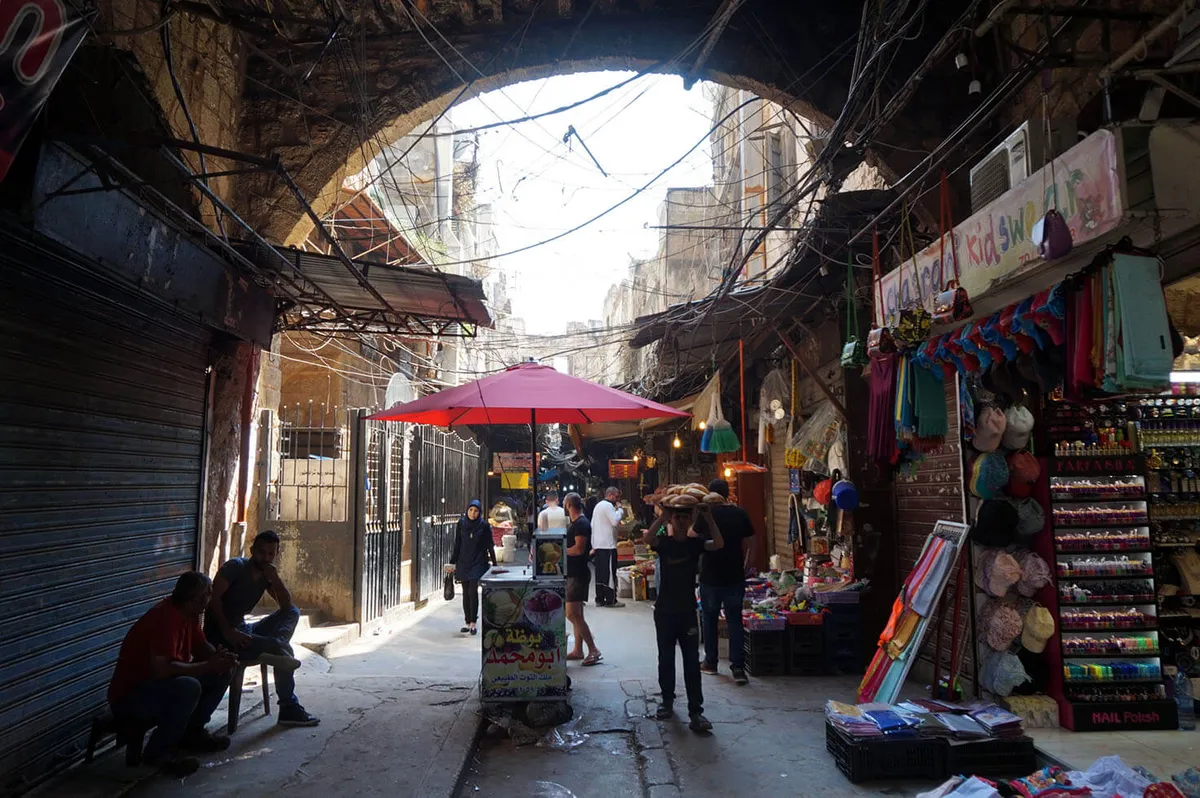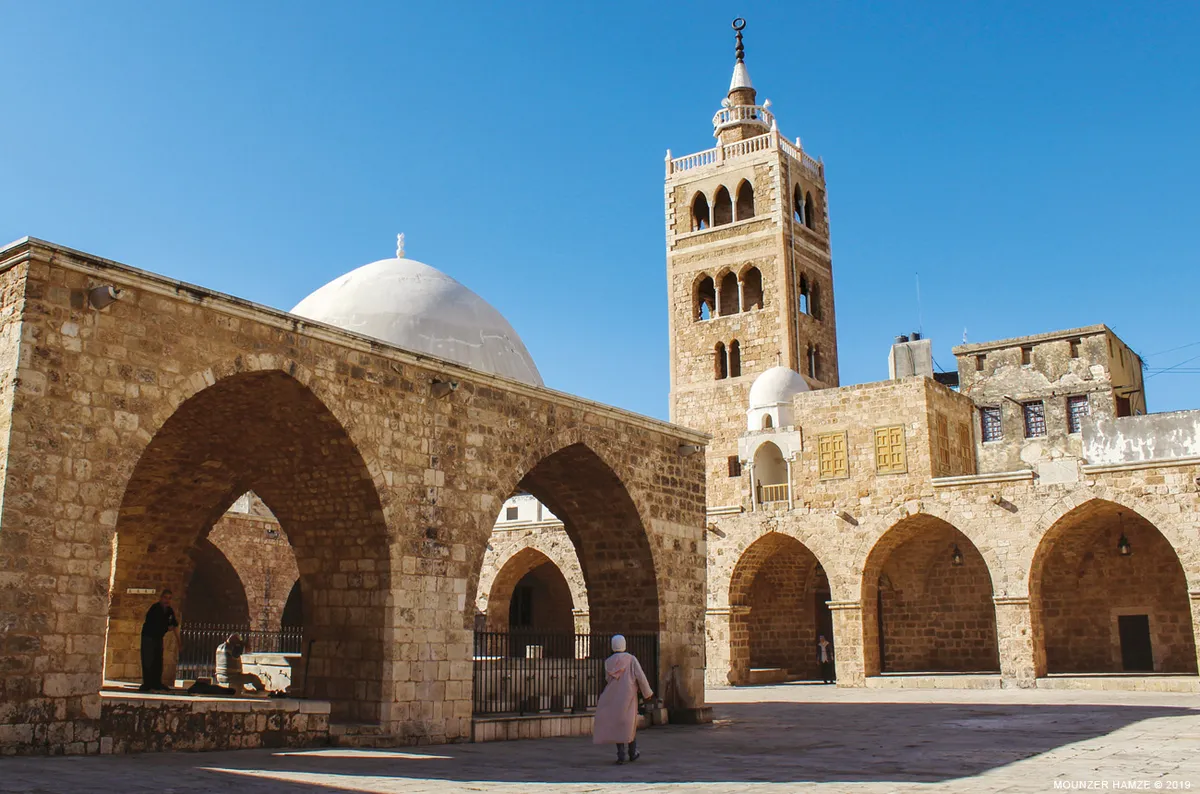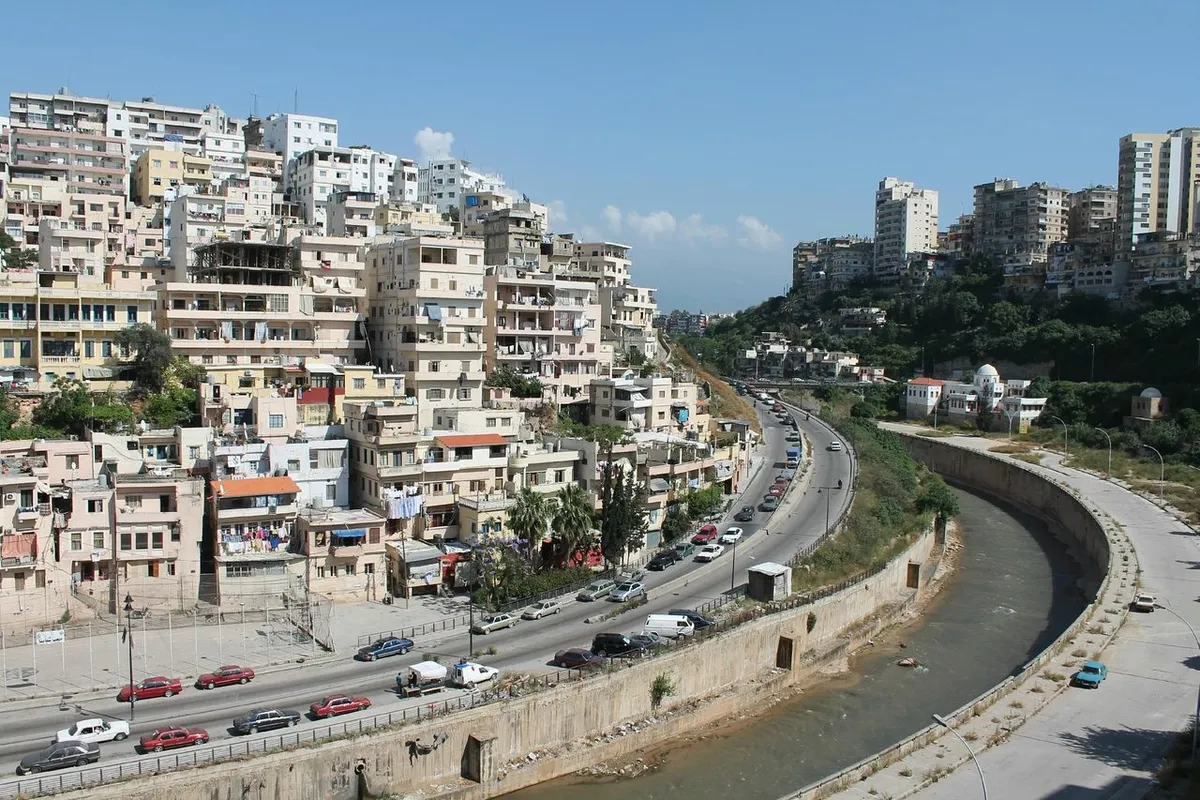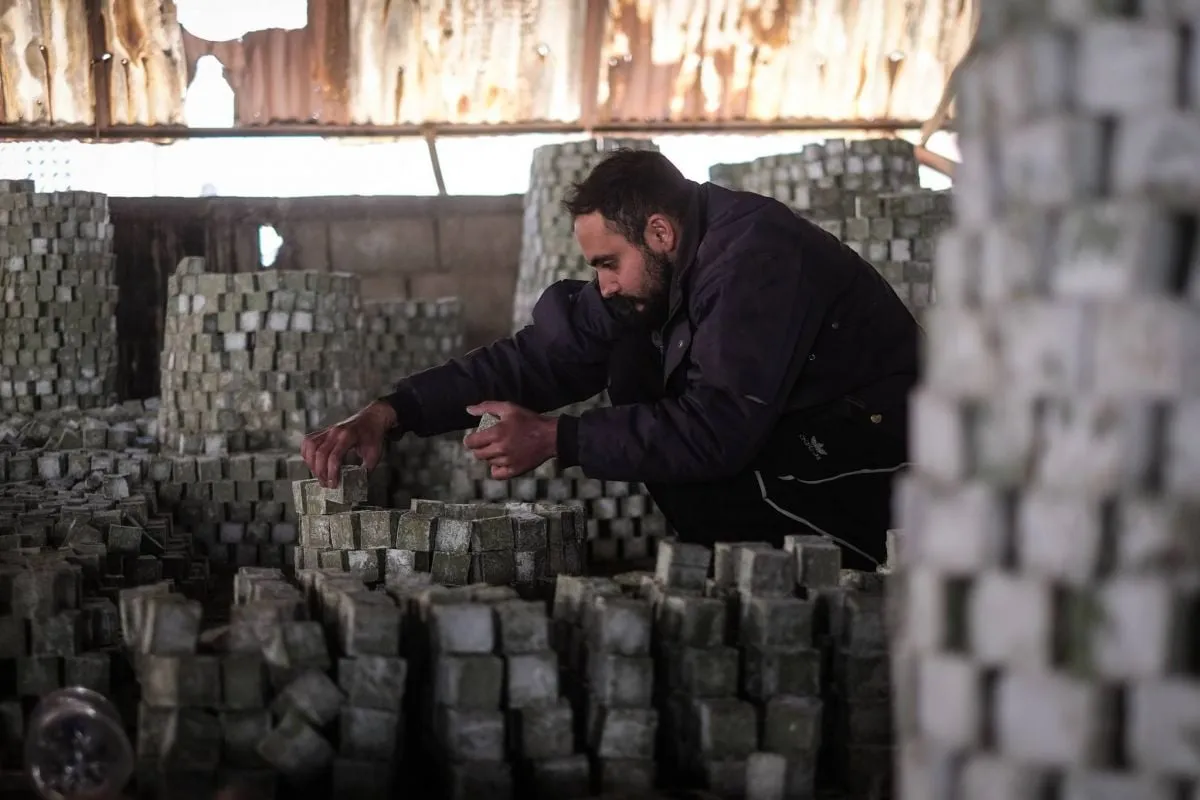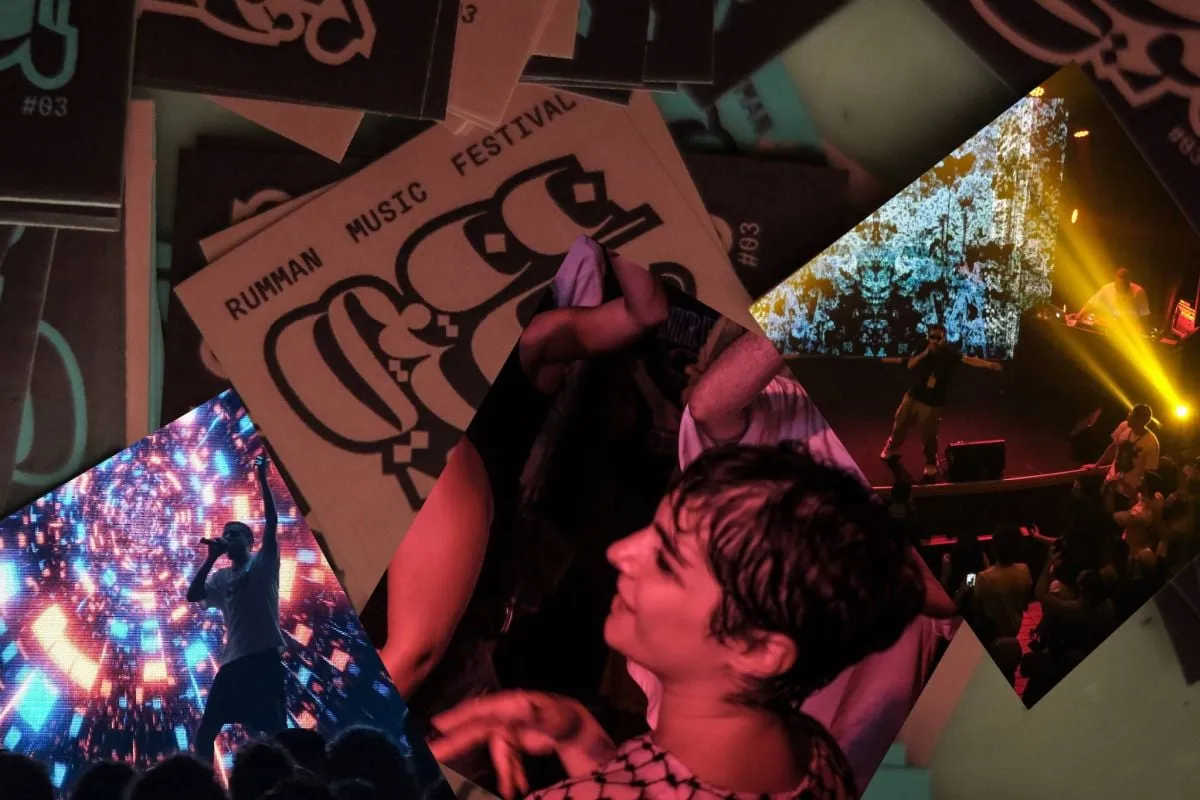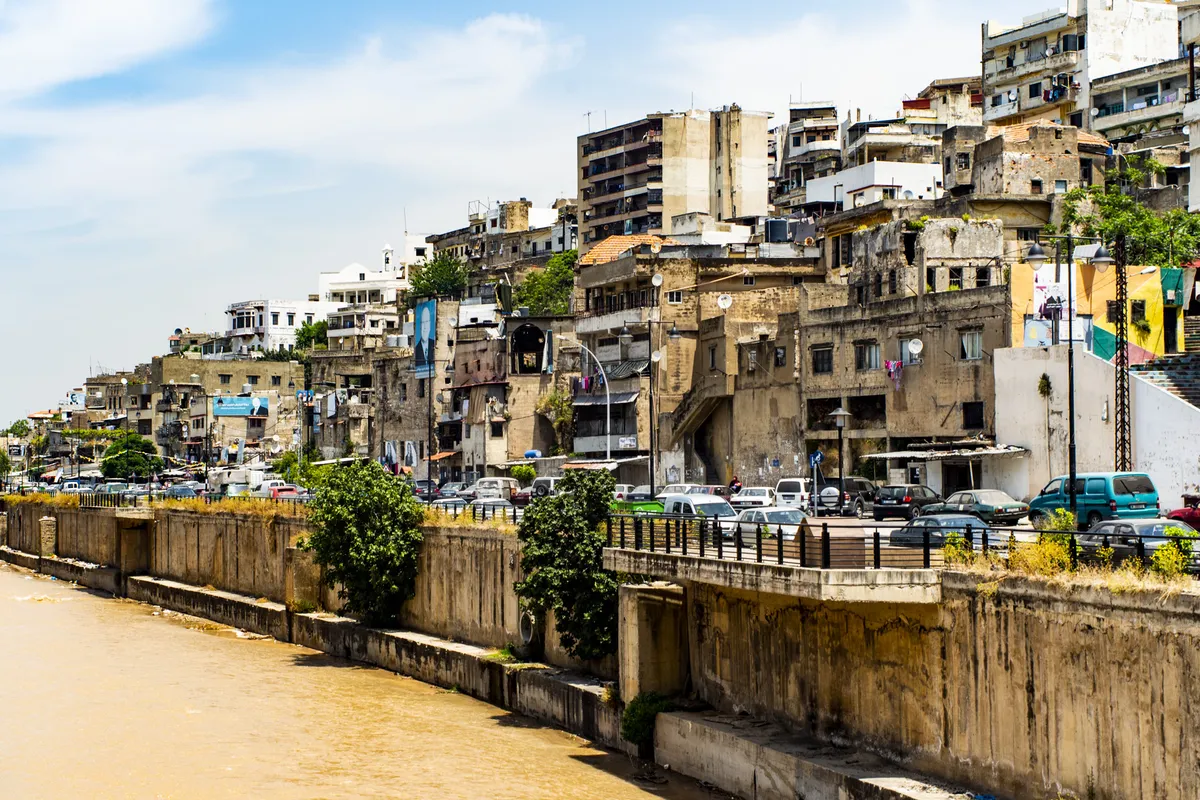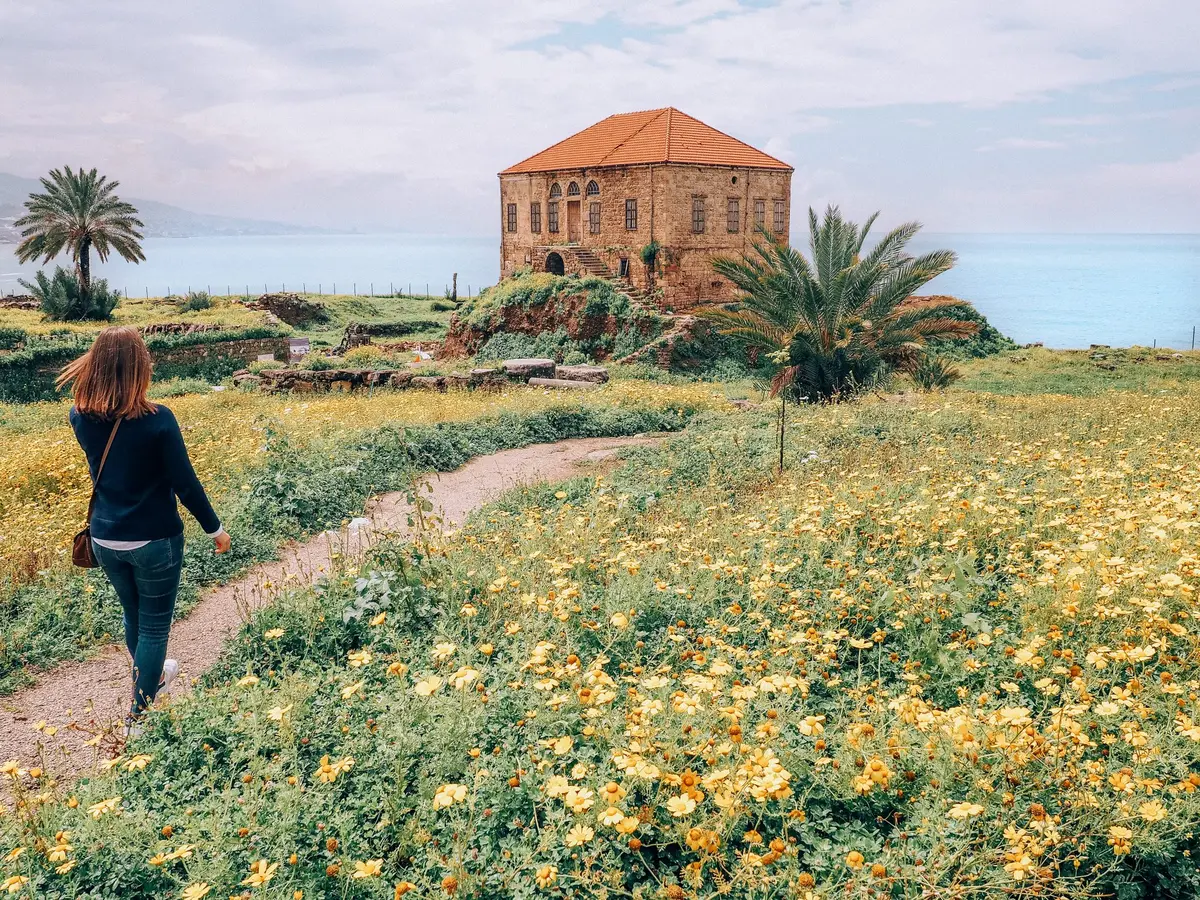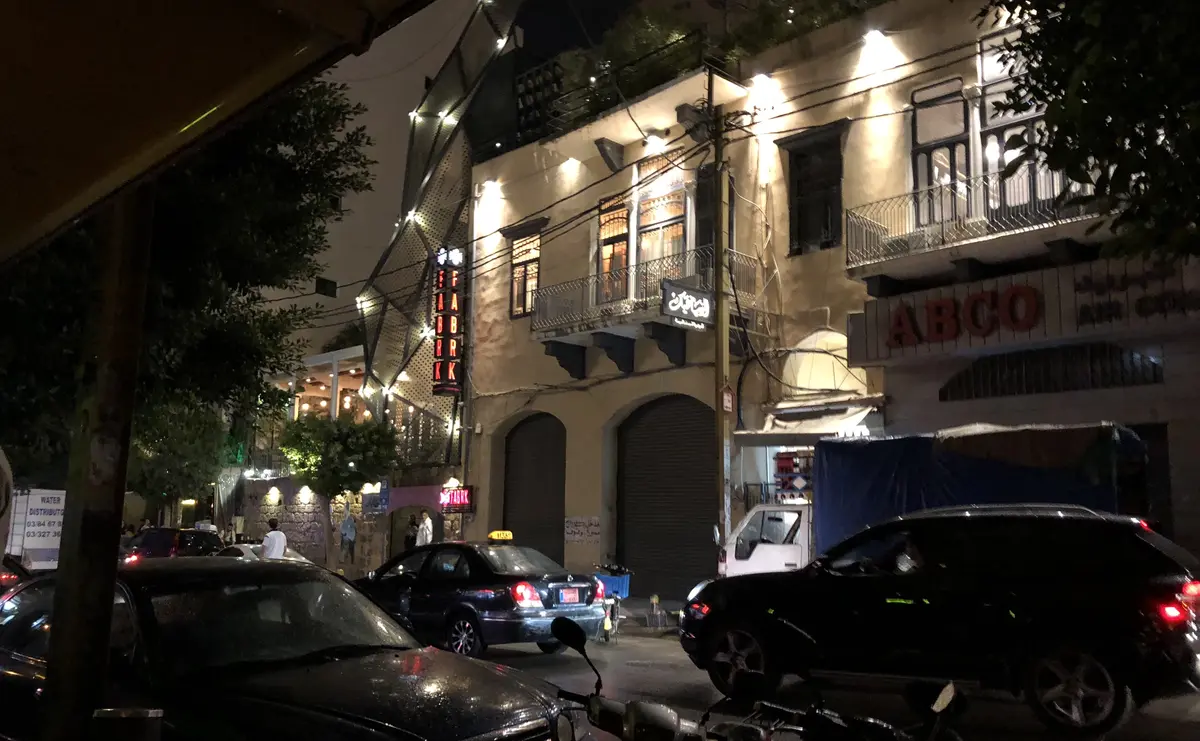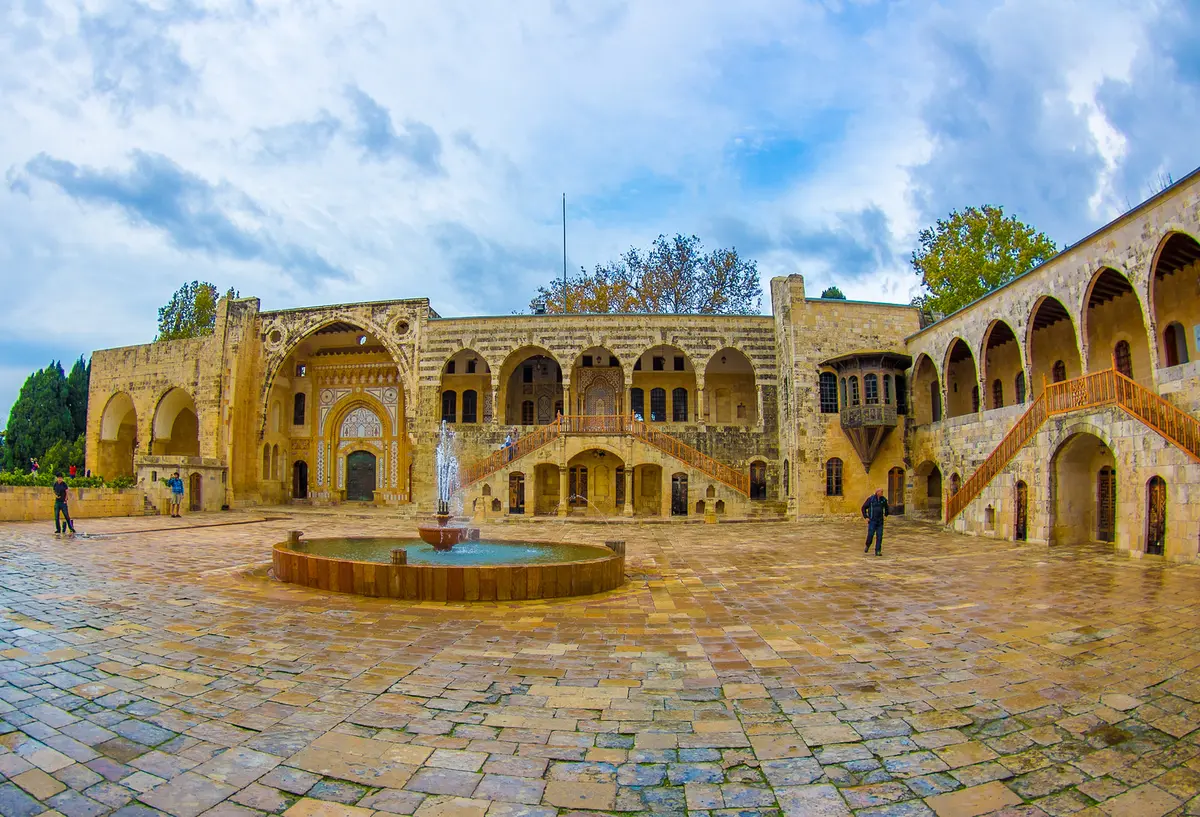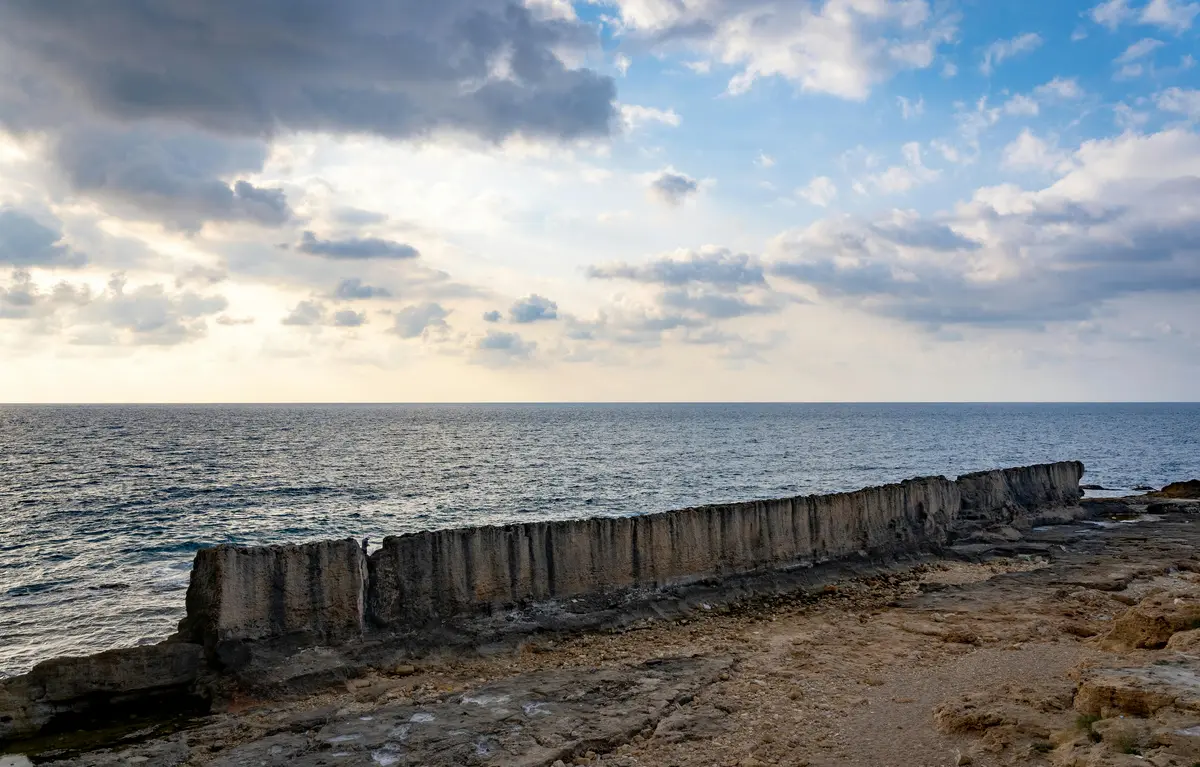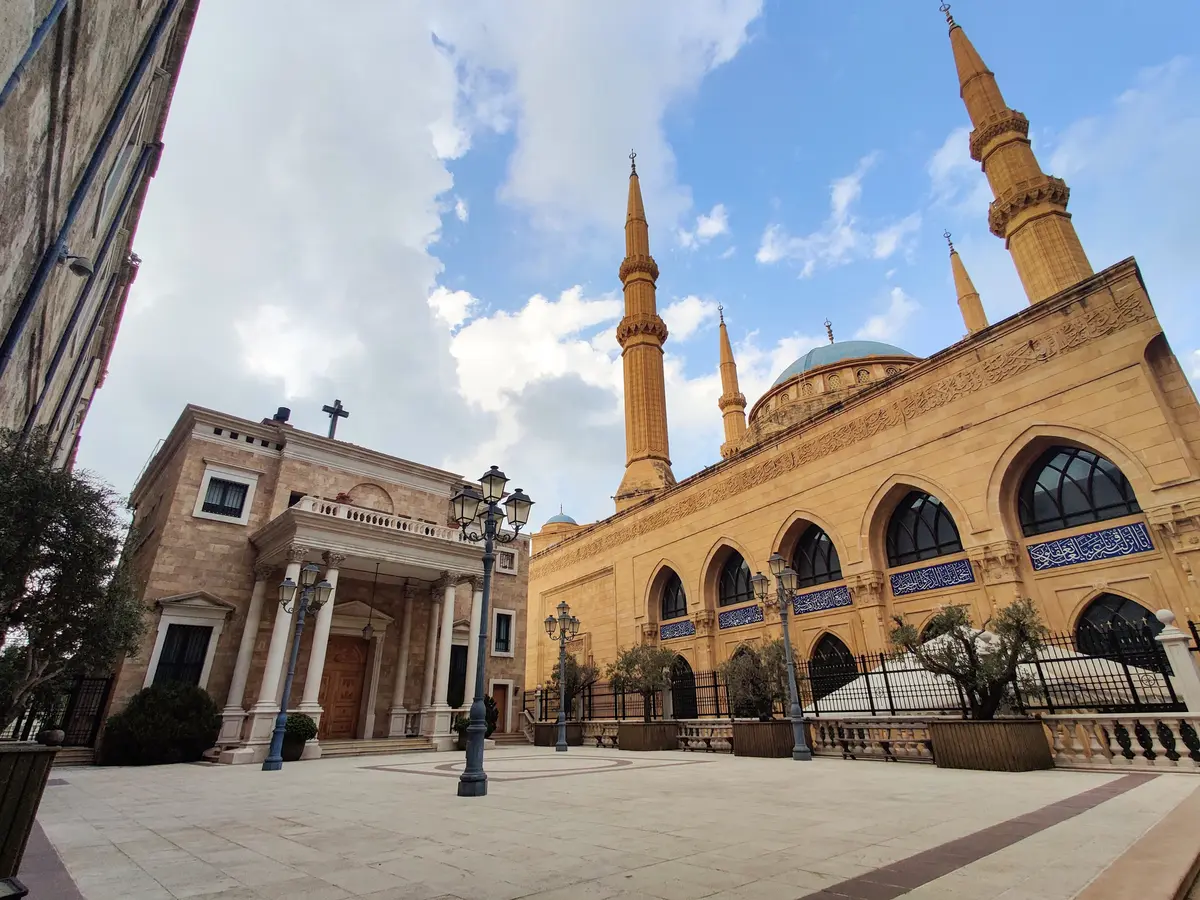You’ve probably never heard anyone recommend a trip to Tripoli, Lebanon as their next travel destination, and that’s precisely what makes it extraordinary. Lebanon’s second-largest city sits in a fascinating paradox—burdened by stark government travel warnings yet celebrated with fierce loyalty by those who have walked its ancient streets. While headlines may paint it as a regional flashpoint, the reality on the ground tells a completely different story. This isn’t your typical tourist trail experience with sanitized attractions and inflated prices. Tripoli is an authentic, non-commercialized Middle Eastern city where profound history isn’t confined to museums but is lived daily in labyrinthine souks and a bustling Mediterranean port.
Recent visitors consistently report the same experience: “I visited last summer and found the people a lot friendlier than in Beirut. I would highly recommend it for a day trip; the old market is amazing.” Whether you’re drawn by the largest Crusader castle in Lebanon, exquisitely preserved Mamluk-era architecture, or the legendary sweets that have made this city famous across the Arab world, Tripoli rewards curious travelers with unparalleled warmth and character.
Understanding Safety in Tripoli, Lebanon
Let’s address the elephant in the room first, as this is likely your biggest question about visiting Tripoli, Lebanon. The safety situation demands a transparent, nuanced conversation that goes beyond blanket government advisories.
Yes, governments including the United States, Australia, and Canada have issued high-level travel advisories, often recommending “Do Not Travel” or “Avoid Non-Essential Travel” to Lebanon as a whole. These warnings are based on regional instability, border tensions with Israel and Syria, terrorism risks, civil unrest, and crime stemming from the severe economic crisis. Some advisories specifically mention Tripoli or certain neighborhoods as areas of increased risk.
Here’s what you need to know: The historical basis for Tripoli’s reputation stems from periodic, localized clashes between Sunni and Alawite communities in the specific neighborhoods of Jabal Mohsen and Bab-al-Tabbaneh. Here’s the critical part for travelers—these areas are situated far from the historic city center, the old souks, the port of Al-Mina, and any site of tourist interest. Travel experts and frequent visitors consistently challenge the broad-brush warnings, describing Tripoli today as a “peaceful traditional city” where perceived danger is isolated and not representative of the visitor experience.
Forum discussions overflow with accounts from travelers who found the city welcoming and safe. Users argue that Tripoli is “as safe as any other” city in Lebanon and that its negative reputation is a product of political marginalization rather than actual danger for visitors. Contributors familiar with the region suggest the north of Lebanon is “even safer than the capital,” while still advising sensible precautions like avoiding the known hotspot districts and not venturing deep into winding alleys alone at night. Recent 2025 traveler reports describe feeling “incredibly safe” in a country that’s once again “thriving as a travel destination.”
The disconnect between official warnings and on-the-ground reality is striking. While government advisories issue blanket Level 4 warnings, travelers report that tourist zones like the old souks, Al-Mina, and the Citadel are very safe and frequented by locals and tourists without issue. The known hotspots of Jabal Mohsen and Bab-al-Tabbaneh are confirmed as areas to avoid, but there’s no tourist reason to visit these neighborhoods anyway—they’re far from the city center and tourist trail.
General crime warnings cite rising petty and violent crime due to the economic crisis, yet travelers consistently report feeling safer and meeting friendlier people than in Beirut. Standard urban vigilance applies—keep valuables secure, avoid displaying large amounts of cash, and stick to well-lit areas at night in the old city.
Your decision to travel rests on your individual risk tolerance. The available information suggests that while the broader region faces significant challenges, the tourist experience within Tripoli’s historic and coastal areas is overwhelmingly positive and safe. By understanding the specific, localized nature of historical risks, you can navigate the city with confidence.
Exploring Tripoli’s Unmissable Historical Heart
Tripoli’s old city isn’t a sterilized, ticketed tourist zone—it’s a living, breathing organism where centuries of history form the backdrop for daily commerce, worship, and life. The architectural heritage is a dense tapestry woven by Phoenicians, Crusaders, Mamluks, and Ottomans, offering some of the best things to do in Tripoli.
The Citadel of Raymond de Saint-Gilles
Towering over the city from a strategic hilltop, the Citadel of Raymond de Saint-Gilles is Tripoli’s most dominant landmark and the largest fortress in Lebanon. The fortress was founded by Crusader Raymond de Saint-Gilles during the siege of Tripoli between 1102 and 1109, built atop an 11th-century cemetery. However, very little of that original Crusader structure remains today. After the Mamluks captured the city in 1289, the castle was burned and later substantially rebuilt, with further restorations under the Ottomans in the 19th century. The result is a composite structure that serves as a physical timeline of the powers that shaped Tripoli.
The primary draw for visitors is the breathtaking panoramic view from its ramparts. On a clear day, you can see across the entire city, out to the Mediterranean Sea, and even glimpse the mountains of Syria in the distance. As one visitor recommended, “climb up to the citadel and immerse yourself in the breathtaking views of Tripoli city.” Housed within its walls is the North Lebanon & Akkar Museum, a small but worthwhile stop featuring artifacts and a notable collection of coins from the Hellenic to the Ayyubid periods.
The Citadel is typically open daily from 9:00 AM to 5:00 PM. Entrance fees vary for different nationalities, with Western tourists paying around 400,000 LBP (approximately $4 USD, though this fluctuates with the exchange rate).
Getting Lost in Tripoli’s Ancient Souks
Stepping into Tripoli’s old souks means stepping into a different era. Described as a “vibrant maze” and “labyrinth of narrow alleyways,” this is one of the best-preserved Ottoman-era market districts in the world. The experience assaults your senses in the best way—the air thick with roasting coffee, exotic spices, and fragrant soaps; the sounds of artisans hammering copper, merchants calling their wares, and daily chatter; the sights of textiles, fresh produce, and gleaming gold creating a kaleidoscope of colors.
There are no signs to guide you. You’re encouraged to simply follow your senses and get lost in the winding passages. As one account puts it, “Meandering through the souks with its lively passageways and small hidden alleys, plentiful smells and plethora of sounds and colors, is like stepping into a theater filled with fantastic characters, props and stories.”
The souks have been the commercial heart of the city for centuries, organized according to medieval guilds. Each alley or section is dedicated to a specific craft. Souk al-Sayyaghin (Goldsmiths’ Souk) features dozens of shopfronts displaying brilliant arrays of high-quality, handcrafted gold jewelry. Souk al-Nahhasin (Coppersmiths’ Souk) fills the air with rhythmic hammering as artisans craft decorative copper and brass items like traditional coffee pots. Souk al-Attareen (Perfumers’ & Spice Souk) is a fragrant market selling vast arrays of spices, nuts, dried fruits, herbal infusions, and traditional perfume essences. Khan al-Saboun (Soap Khan) is not just a market but a historic caravanserai, the epicenter of Tripoli’s famous soap-making tradition where you can buy artisanal olive oil soaps.
The souks are most vibrant in the mornings—avoid visiting late at night when most shops are closed. The traders are known for their welcoming nature, but it’s always respectful to ask permission before photographing people or their shops. Bargaining is standard, so feel comfortable negotiating prices politely.
Tripoli’s Historic Mosques and Hammams
Woven into the fabric of the souks are spectacular examples of Mamluk architecture. These aren’t isolated monuments but integral parts of the old city’s social and spiritual life.
Mansouri Great Mosque is the city’s most prominent mosque, built in the 13th century on the site of a former Crusader cathedral. Its architecture is a stunning display of Mamluk style, with grand arches, intricate stonework, a serene courtyard, and an unusual minaret. Taynal Mosque, located just outside the main souk area, is renowned for its impressive, ornate entrance portal and distinct green-domed prayer hall, creating a peaceful and visually striking atmosphere.
Equally important to the city’s social history are the hammams, or traditional public bathhouses. Tripoli is famous for them, though many are now historic ruins. You can explore the decaying beauty of Hammam al-Nuri, one of the oldest in the city, and Hammam Izzeddine, a large and architecturally masterful Mamluk-era bathhouse restored for viewing.
For a truly authentic experience, visit Hammam al-Abed (The Slave’s Bath)—Tripoli’s last functioning traditional hammam, a living museum of Ottoman-era social customs. Important note: it’s a traditional establishment typically operating for men only, though female groups may arrange private bookings in advance.
Experiencing Tripoli’s Living Culture
While Tripoli’s identity is deeply rooted in its ancient past, the city also pulses with vibrant, living culture that extends from its laid-back Mediterranean coastline to a resilient creative arts scene. This contemporary energy isn’t the product of large-scale government investment—many locals feel the city has been neglected—but rather a testament to the passion and spirit of its people.
Al-Mina: Tripoli’s Coastal Sister City
It’s a common misconception to view Al-Mina as simply the port district of Tripoli. In reality, Al-Mina (meaning “the harbor”) is a distinct city with its own municipality, a unique history stretching back to the Phoenicians, and even its own local accent. Its character is an “enticing blend of tradition and modernity,” where quiet, narrow neighborhood lanes are home to both centuries-old coffeehouses and a growing number of trendy, modern bars and boutiques. The atmosphere here is noticeably more relaxed, with a population that’s a blend of Orthodox Christian and Sunni Muslim faiths, contributing to its cosmopolitan feel.
The Corniche is a picturesque waterfront promenade lined with palm trees, perfect for a leisurely stroll, especially in the evening as the sun sets over the Mediterranean. The Lion Tower (Burj El Sibaa) is the last standing Mamluk-era defensive tower of the five that once guarded the port city from invasion, offering a tangible link to its medieval past.
Palm Islands Nature Reserve, located just a short 10-minute boat ride from the coast, is a protected nature reserve. Also known as Rabbit Island, it’s a crucial nesting site for endangered sea turtles and a sanctuary for rare monk seals and over 150 species of migratory birds, making it an ideal escape for nature lovers.
Tripoli’s Soap-Making Tradition
Tripoli was once one of the most famous soap-making centers in the entire eastern Mediterranean. This ancient craft flourished during the Crusader era and reached its zenith under the Mamluks, who built the magnificent Khan al-Saboun (The Soap Khan) in the 15th century to centralize the trade. The tradition is rooted in pure olive oil from the groves of nearby Koura and Akkar. The soap was so renowned that Ottoman sultans received it as tribute, and legends tell of mythological figures gifting scented soaps as tokens of love.
While the golden age has passed, this heritage is proudly maintained by a handful of artisan producers. The heart of the experience is in the old souks, where you can explore the historic Khan al-Saboun and other shops to purchase beautifully crafted, all-natural soaps.
For a truly memorable encounter, visit the Sharkass family’s workshop in the Khan el Masriyin. Here, you can watch Mr. Mahmoud Sharkass, a master artisan, practice traditional handmade methods passed down through his family since the 14th century, keeping this ancient craft alive.
Annual Festivals and Events
Countering any image of a city solely defined by its past, Tripoli boasts a dynamic contemporary arts and culture scene. This is powerfully demonstrated by its designation as the Arab Capital of Culture for 2024 and the grassroots energy of its independent festivals. These events are helping reshape perceptions of the city on national and international levels.
Tripoli Film Festival, entering its 12th edition in September 2025, has become a beacon of artistic expression in the region. It aims to cultivate a vibrant cinematic landscape and illuminate the city’s cultural legacy by showcasing local and international talent.
Rumman Music Festival, as the only independent music festival in Tripoli, is a community-driven project featuring homegrown and regional musical acts. Its mission extends beyond music, aiming to support the local economy by attracting visitors and creating opportunities in a city facing high unemployment.
These festivals, born from local initiative rather than state sponsorship, offer you an authentic window into the city’s resilient, creative, and forward-looking spirit.
Why Food is the Real Reason to Visit Tripoli, Lebanon
While its history is profound and its culture rich, for many travelers, the ultimate reason to visit Tripoli is the food. The city is unequivocally hailed as the “capital of Lebanese sweets,” a title it wears with pride, but its savory street food and traditional dishes are equally legendary, offering a culinary journey unlike any other in the country.
Indulging in Tripoli’s Legendary Desserts
Tripoli’s reputation for sweets is built on centuries of craftsmanship, and at the heart of this legacy stands one iconic institution: Abdul Rahman Hallab & Sons 1881. Originating in Tripoli, its main branch, known as “Kasr El Helou” (The Palace of Sweets), is more than just a pastry shop—it’s a city landmark visited by thousands from around the globe. While Hallab now has branches across Lebanon, a visit to the original palace in Tripoli is a pilgrimage for any serious food lover.
The array of sweets can be overwhelming, but several are quintessentially Tripolitan. Knafeh is perhaps the most famous—a warm dessert made of shredded phyllo dough or semolina, layered with sweet, unsalted cheese, baked, and soaked in sugar syrup. In Tripoli, the must-try version is Kaak Bi-Knafeh, where warm knafeh is stuffed inside a sesame bread ring (kaak) for the ultimate breakfast sandwich.
Halawet El-Jeben is a specialty that originated in Tripoli. This dessert consists of soft, sweet cheese dough rolled thin, filled with ashta (clotted cream), and drizzled with syrup and pistachios. While baklava and ma’amoul are common throughout the Levant, Tripoli’s versions are considered by many to be the pinnacle. Baklava features layers of flaky phyllo dough filled with nuts like pistachios or cashews, while ma’amoul are delicate semolina shortbread cookies stuffed with dates, walnuts, or pistachios.
A unique local treat is Lebanese-style ice cream (booza), which has a distinct stretchy, chewy texture thanks to the inclusion of mastic and sahlab. A visit to Hallab or Tom Sweets for this experience is a must.
Tripoli’s Unforgettable Savory Food Scene
The city’s savory food scene is just as essential to its identity. From hearty breakfasts in the old souks to unique sandwiches and spicy fish by the sea, Tripoli offers a distinct and delicious culinary landscape.
Foul and fatteh is a hearty breakfast of slow-cooked fava beans (foul) and chickpeas (fatteh) with yogurt, toasted bread, and fried nuts. Akra Restaurant, a legendary institution in the old souks, is widely considered to serve the best foul and fatteh in Lebanon. Go early in the morning to experience a true Lebanese breakfast alongside locals.
Moghrabieh sandwich is a unique street food sandwich filled with giant couscous pearls, chickpeas, onions, and warm spices like caraway and cinnamon. Al Dabboussi, known as the “King of Moghrabieh,” is the undisputed master of this dish. The vegetarian version with tangy pickled turnips is a revelation. The sandwich is enormous and costs less than $2 USD.
Samkeh harra is Tripoli-style “spicy fish,” featuring baked fish smothered in a rich, savory sauce of tahini, fresh cilantro, garlic, and lemon juice. Fish restaurants in Al-Mina offer this dish made with the freshest catch. This recipe is unique to Tripoli and differs significantly from the Beirut version—it’s a local favorite for Sunday lunch.
Lahm baajin is a lighter, thinner version of a meat pie or “pizza,” distinguished by the use of pomegranate molasses in the minced lamb topping. You’ll find it at local bakeries and street vendors throughout the city. For the full local experience, drizzle it with fresh lemon juice and pair it with a cup of salty Ayran (a yogurt drink).
Street kaak is a purse-shaped sesame bread ring, traditionally sold from street carts. It’s often filled with Akkawi cheese and a generous sprinkle of sumac. Street carts are ubiquitous, especially in the mornings near markets and schools. This beloved breakfast for students can be ordered with an optional layer of Picon spreadable cheese for extra creamy texture.
Planning Your Trip to Tripoli, Lebanon
Traveling to Tripoli, Lebanon is straightforward, but navigating the nuances of travel in the country, particularly amidst the ongoing economic crisis, requires some preparation.
Getting to and Around Tripoli
Tripoli is located approximately 80 km north of Beirut, and the journey along the coastal highway is relatively simple. From Beirut, buses are the most economical option. Companies like Connexion Transportation operate buses departing regularly (every few hours, or every 30 minutes during peak times) from Martyrs Square or Charles Helou station in Beirut, arriving at Abdel Hamid Karim Square (also known as Sahet el Nour) in Tripoli. The journey takes about 2 hours and costs around $1 USD.
A taxi or private car is much faster but significantly more expensive. A standard taxi from Beirut can cost between $90-$110, while a pre-arranged airport pickup service might be slightly cheaper at around $80. The drive takes approximately 1 hour without traffic.
The best way to experience the historic old city, its souks, and the coastal district of Al-Mina is by walking. These areas are dense with attractions, and their narrow streets aren’t conducive to vehicle traffic. For longer distances between the old city, Al-Mina, and other neighborhoods, local taxis or service taxis are readily available and inexpensive.
Where to Stay in Tripoli, Lebanon
Tripoli offers a growing range of accommodations to suit different travel styles and budgets, from charmingly restored guesthouses in historic buildings to modern hotels with sea views.
- For budget backpackers, City Hostel Dormitory is a popular choice for those looking to save money and meet other travelers. It offers a central location, shared facilities, and a social environment.
- For cultural immersion seekers, consider a historic guesthouse in Al-Mina. Beit el Nessim is a beautifully restored 150-year-old house offering a serene atmosphere, yoga classes, and a renowned Lebanese breakfast. Similarly, El Mina Guesthouse provides a blend of traditional hospitality and modern comfort in a charming setting.
- For boutique charm, Via Mina Hotel is one of the top-rated hotels in the city, praised for its rustic-chic style, modern facilities, swimming pool, and excellent hospitality. VICTORIA BOUTIQUE HOTEL, also in Al-Mina, is another highly-rated option known for its cozy atmosphere and friendly service.
- For seaside luxury, options like the Miramar Hotel Resort and Spa or the Lamunia Hotel are located just outside the city center. These hotels offer swimming pools, spa facilities, and direct views of the Mediterranean Sea.
Essential Know-Before-You-Go Tips
- Best Time to Visit: The most pleasant times to visit Tripoli, Lebanon are during the spring (March to May) and fall (September to November). The weather during these seasons is mild and comfortable for exploring, and crowds are generally smaller than in peak summer months.
- Money and the Economic Crisis: This is the most critical logistical point for any traveler to Lebanon. The official exchange rate for the Lebanese Pound (LBP) is not used in daily transactions—the economy operates on a black market rate that fluctuates daily. You must bring cash in US dollars. Crisp, new, large-denomination bills ($50s or $100s) are preferred and often receive better exchange rates.
- Download a mobile app like “Lira Exchange” to track the current parallel market exchange rate in real-time. Exchange money at official exchange offices or trusted locations recommended by your hotel—avoid street exchangers. Credit cards are rarely accepted outside of major hotels. Plan to pay for almost everything—meals, taxis, shopping, entrance fees—in cash (either USD or LBP).
- Power Shortages: Lebanon experiences significant, scheduled power shortages. However, this will have a minimal impact on most travelers, as virtually all hotels, guesthouses, and major restaurants are equipped with private generators that provide electricity during cuts.
- Dress Code and Etiquette: While Lebanon is socially liberal compared to many of its neighbors, Tripoli is more conservative than Beirut. Dress modestly when visiting religious sites like mosques (women should consider carrying a scarf to cover their hair). In general, respectful attire is appreciated in the older, more traditional parts of the city.
- Day Trips: Tripoli serves as an excellent base for exploring the beautiful and less-visited region of North Lebanon. A highly recommended day trip is to the Akkar district, located about an hour’s drive away, home to some of the country’s most stunning natural landscapes.
A visit to Tripoli, Lebanon offers an experience that goes far beyond typical Middle Eastern tourism. This is a city where ancient Crusader fortresses overlook bustling Ottoman souks, where master artisans still practice crafts perfected centuries ago, and where the warmth of locals consistently surprises visitors who arrive expecting danger. Yes, the safety concerns are real and require honest acknowledgment, but the on-the-ground reality for travelers who stick to tourist areas tells a different story—one of genuine hospitality, breathtaking history, and possibly the best food you’ll ever taste in Lebanon.
Whether you’re drawn by the architectural wonders of the Mamluk era, the promise of legendary knafeh from Hallab’s Palace of Sweets, or simply the thrill of discovering a profoundly authentic city that tourism hasn’t yet polished and packaged, Tripoli rewards the intrepid traveler. The city exists in that sweet spot between undiscovered and accessible, making now the perfect time to plan a visit before the rest of the world catches on.
